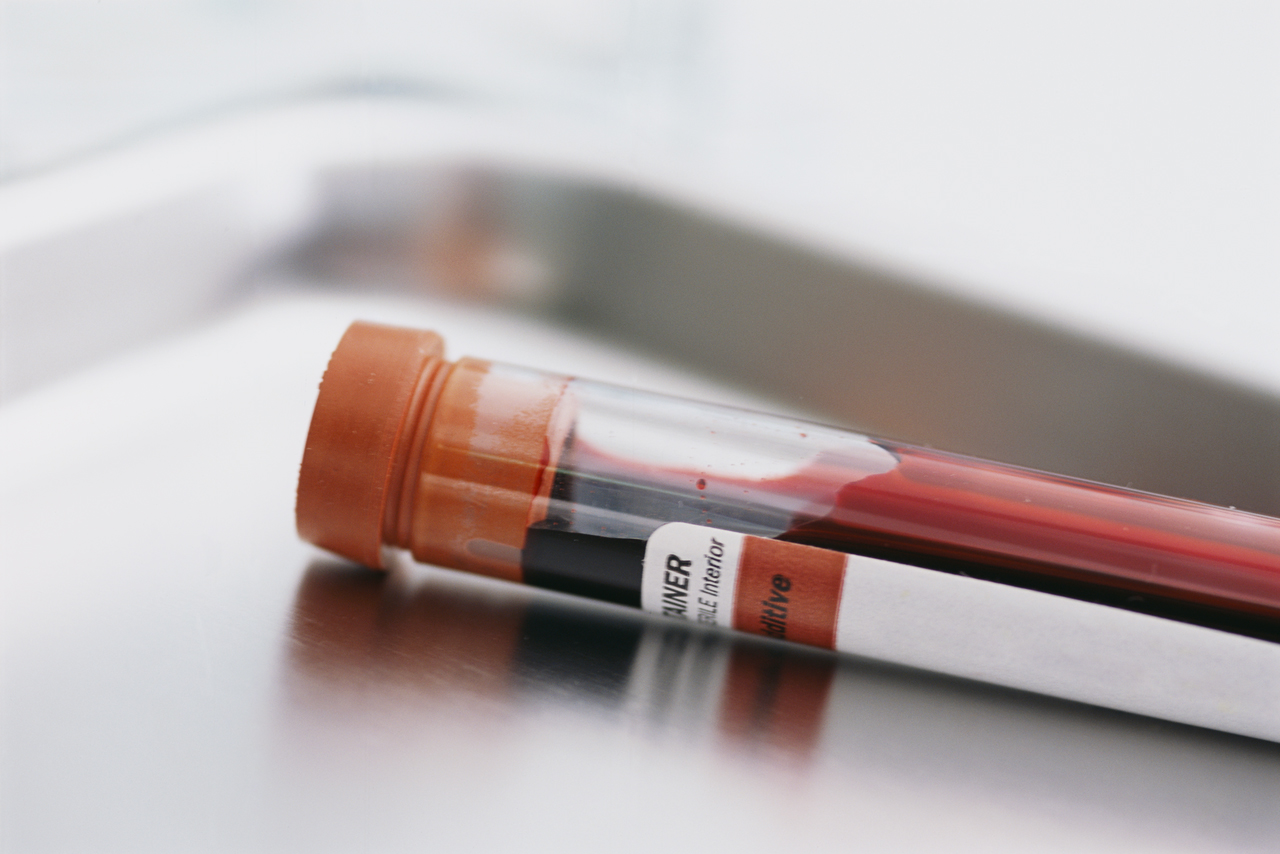Losing weight: Lifestyle changes trump any diet -

What's the best diet for maintaining a healthy weight and warding off chronic diseases? Is it a low-carb diet, a high-carb diet, an all-vegetable diet, a no-vegetable diet?
Researchers say you'd be better off just forgetting the word diet, according to an editorial published August 20 in the Journal of the American Medical Association (JAMA).
Two researchers Sherry Pagoto of the University of Massachusetts Medical School in Worcester, Mass., and Bradley Appelhans of the Rush University Medical Center in Chicago call for an end to the so-called diet wars, because they are all equally as good, or bad, in helping people fight obesity. [7 Diet Tricks That Really Work]
In the end, patients only get confused thinking that one diet is superior to another, they said, when in fact changes in lifestyle, not diet types, are the true ways to prevent weight gain and the associated ills of diabetes and circulatory disease.
"The amount of resources that have gone into studying 'what' to eat is incredible, and years of research indicate that it doesn't really matter, as long as overall calories are reduced," Appelhans told LiveScience. "What does matter is 'how' to eat, as well as other things in lifestyle interventions, such as physical activity and supportive behaviors that help people stay on track [in the] long term."
The researchers cite numerous studies that demonstrated only moderate success with various types of diet that focus on macronutrients: protein, fat or carbohydrates; but regardless of diet, without a lifestyle change, the weight comes back.
Conversely, several large and recent studies such as the Finnish Diabetes Prevention Study and the China Da Qing Diabetes Prevention Study found lower weight and lower incidence of diabetes among study participants many years after the study's initial completion because the subjects were taught howto lose weight through lifestyle interventions.
Lifestyle trumps diet
Pagoto described lifestyle interventions as three-prong: dietary counseling (how to control portions, reduce high-calorie foods and navigate restaurants), exercise counseling (how to set goals, target heart rate and exercise safely), and behavioral modification (how to self-monitor, problem solve, stay motivated and understand hunger).
"The 'diet' used within a lifestyle intervention can be low-fat, low-carb, etc. It doesn't matter," Pagoto said. "In fact, at least one study compared a low-fat lifestyle intervention with a low-carb lifestyle intervention, and it made no difference. The diet itself [is not] instrumental to the lifestyle interventions success; it is the behavioral piece that is key."
Read more: -

What's the best diet for maintaining a healthy weight and warding off chronic diseases? Is it a low-carb diet, a high-carb diet, an all-vegetable diet, a no-vegetable diet?
Researchers say you'd be better off just forgetting the word diet, according to an editorial published August 20 in the Journal of the American Medical Association (JAMA).
Two researchers Sherry Pagoto of the University of Massachusetts Medical School in Worcester, Mass., and Bradley Appelhans of the Rush University Medical Center in Chicago call for an end to the so-called diet wars, because they are all equally as good, or bad, in helping people fight obesity. [7 Diet Tricks That Really Work]
In the end, patients only get confused thinking that one diet is superior to another, they said, when in fact changes in lifestyle, not diet types, are the true ways to prevent weight gain and the associated ills of diabetes and circulatory disease.
"The amount of resources that have gone into studying 'what' to eat is incredible, and years of research indicate that it doesn't really matter, as long as overall calories are reduced," Appelhans told LiveScience. "What does matter is 'how' to eat, as well as other things in lifestyle interventions, such as physical activity and supportive behaviors that help people stay on track [in the] long term."
The researchers cite numerous studies that demonstrated only moderate success with various types of diet that focus on macronutrients: protein, fat or carbohydrates; but regardless of diet, without a lifestyle change, the weight comes back.
Conversely, several large and recent studies such as the Finnish Diabetes Prevention Study and the China Da Qing Diabetes Prevention Study found lower weight and lower incidence of diabetes among study participants many years after the study's initial completion because the subjects were taught howto lose weight through lifestyle interventions.
Lifestyle trumps diet
Pagoto described lifestyle interventions as three-prong: dietary counseling (how to control portions, reduce high-calorie foods and navigate restaurants), exercise counseling (how to set goals, target heart rate and exercise safely), and behavioral modification (how to self-monitor, problem solve, stay motivated and understand hunger).
"The 'diet' used within a lifestyle intervention can be low-fat, low-carb, etc. It doesn't matter," Pagoto said. "In fact, at least one study compared a low-fat lifestyle intervention with a low-carb lifestyle intervention, and it made no difference. The diet itself [is not] instrumental to the lifestyle interventions success; it is the behavioral piece that is key."
Read more: -







